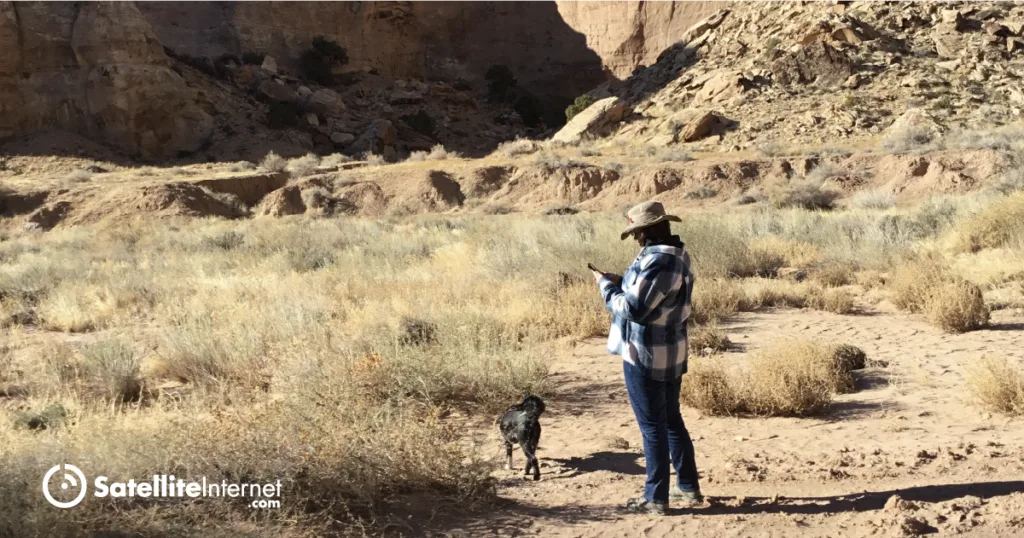T-Mobile and Starlink have officially launched their long-awaited service, T-Satellite. It’s now available for T-Mobile users and customers of rival carriers as well. The two companies partnered to eliminate dead spots by enabling customers to access the network via satellite. It currently supports text messaging and location sharing, but additional features, such as voice and data, will be available at a later date.
Starlink’s Direct-to-Cell satellites are designed to act like orbiting cell towers, connecting to phones on the ground as long as there’s a clear view of the sky. It’s not a standalone carrier but is meant to supplement the networks it partners with. It’s an excellent tool for serious backpackers, mountaineers, first responders, and others who spend a lot of time outside of cell range.
T-Mobile invited customers to try the service for free in a beta test that lasted several months. Now, with its official launch, the service will require a fee if it’s not included in the user’s mobile plan.

